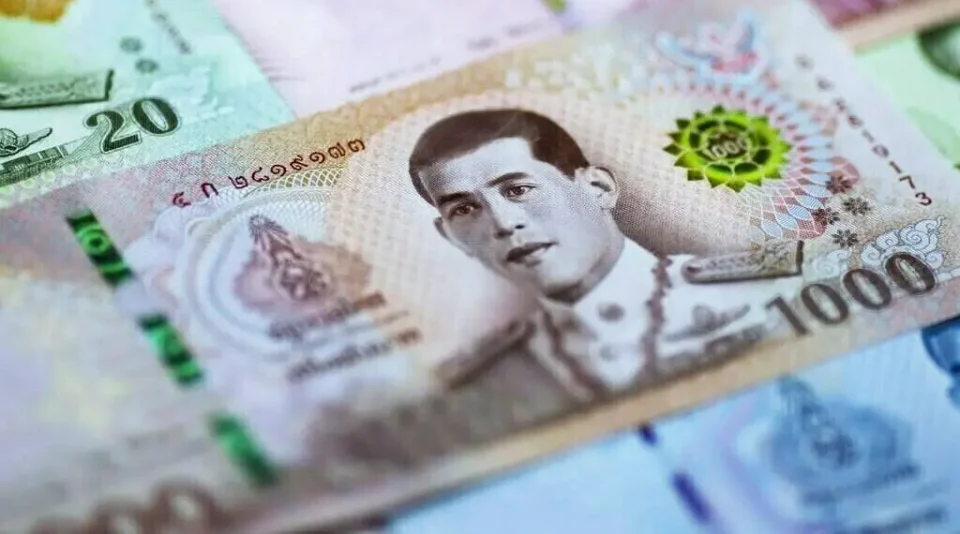The baht has been showing more volatility against the US dollar compared to its regional counterparts, primarily due to market anticipations surrounding a potential US policy rate cut and high gold imports in Thailand.
So far this year, the baht’s volatility is at 7.3%, just slightly lower than the Korean won, which stands at 7.4%. However, it is more volatile than other currencies in the region, such as the Malaysian ringgit and the Indonesian rupiah, both at 5.5%, the Philippine peso at 4.7%, the Taiwanese dollar at 4.1%, the Singapore dollar at 3.7%, and the Vietnamese dong at 2.4%.
According to Kasikorn Research (K-Research), the US Dollar Index has a volatility rate of 5.3%. This index measures the value of the US dollar against a basket of currencies from its trade partners.
Since August 30, the baht has been fluctuating considerably, ranging between 33.45 and 33.78 baht per dollar, largely influenced by global gold prices. It hit a 19-month peak of 33.49 against the dollar on September 6.
On Monday, the baht opened at 33.63 per dollar, marking a notable drop from the previous Friday’s closing rate of 33.52.
This week, estimates suggest that the baht will trade within a range of 33.30-34 baht per dollar. According to Kanjana Chockpisansin, head of research for banking and financial sectors at K-Research, key factors to observe include the new government’s economic policies, foreign capital movements, fluctuations in global gold prices, and relevant US economic data.
Poon Panitchpibun, a money market strategist at Krungthai Global Markets, linked the baht’s significant decline to changes in the value of the dollar and gold prices due to US economic indicators.
In August, the US non-farm payrolls saw an increase of 142,000 jobs, which fell short of the market expectation of 160,000, even though there were improvements in some employment sectors.
As a result of this information, some investors adjusted their forecasts, suggesting that the US Federal Reserve (Fed) is less likely to implement a 50 basis points cut to its policy rate, contributing to a stronger dollar compared to the baht.
Krungthai predicts that the baht will fluctuate between 33.40 and 34.10 per dollar this week.
Additionally, TTB Analytics expects continued volatility for the baht, heavily influenced by the dollar as a reflection of the Fed’s policy rate trends, along with increasing global gold prices.
As of September 3, gold prices have risen 21% year-to-date, aligning more closely with the baht’s movements than with other regional currencies. Thailand is one of the leading gold trading nations globally, accounting for about 5% of the world’s gold trading volume over the past five years.
Moreover, Thailand’s gold imports exceed those of its regional neighbors, illustrating the gold investment trends among Thai investors, as noted by TTB Analytics.





